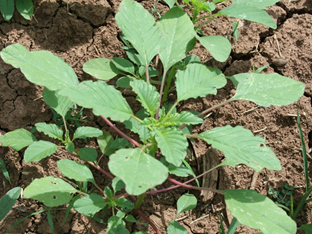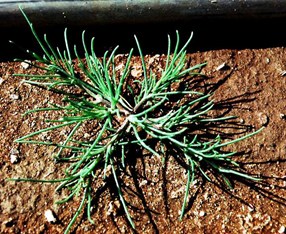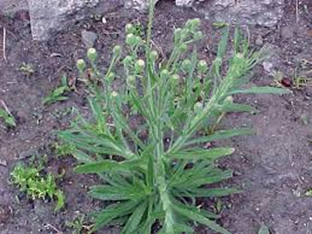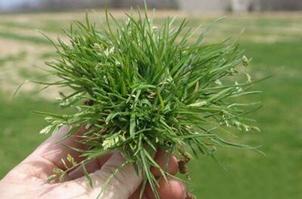Adapted by Drew Alonso Wolter, UCCE Junior Specialist Horticulture Intern, UC Davis Graduate Student
Why scout for weeds?
While weeds are present in every orchard, there is variation in the species composition and the density of each population, from orchard to orchard. Scouting for weeds is the basis for a good Integrated Weed Management (IWM) plan. Information gathered from weed scouting allows growers to:
- Evaluate the current year’s weed control program
- Discover weed stands before they spread throughout the orchard
- Adjust control practices for the following year
- Select the best control option for species of concern, such as:
- Choosing appropriate herbicide for species
- Identifying areas for possible spot treatments
- Selecting best cultivation method for weed stage
- Where to alter cultural practices to target weed life cycles
- Choosing appropriate herbicide for species
Post-harvest scouting offers an opportunity to evaluate the current year’s orchard floor management plan, allowing you to see what weed species have escaped that year’s management plan, where they are, and how severe the infestation may be. These are all valuable pieces of information, which help design a management program that can meet the specific needs of the orchard from year to year.
Keys to Scouting
Most weed species are much more challenging to manage as they mature. Because of this, post-harvest scouting should start early and be repeated a couple of times throughout winter, in order to catch weeds when they are young. Herbicide applications targeting mature weeds are often minimally effective, resulting in a less successful program and increased management costs. Three keys for successful scouting:
- Record weed infestations and use a map/GPS to show areas of escaped weeds.
- Accurately identifying weed species is crucial for effective management because herbicide recommendations, mechanical, and cultural control strategies vary depending on the species. While some species can look similar, they may have drastically different management requirements.
- Look out for different weeds in different management zones. A good place to start is by checking in the tree rows to evaluate the effectiveness of any previous herbicide applications. Check the ground cover in the row middles for any perennial seedlings. Check orchard borders and at the ends of rows where new species may be introduced.
Herbicide resistance
With the growing number of herbicide resistant weeds in California orchards, control of escaped weeds can considerably reduce the cost of an annual orchard floor management program. For example, spot treating two acres of glyphosate resistant palmer amaranth with a tank mix of Glufosinate and Gramoxone is much more affordable than trying to control it over the entire 50-acre block. There are currently thirty confirmed herbicide resistant species in California. Below are pictures of some of the more common resistant weeds in orchard cropping systems. Scout now so you can spot treat, rather than having an orchard full of Roundup resistant weed in the future.
For more information on herbicide resistant weeds, species identification and control options please visit the UC Davis Weed Research and Information Center OR UC IPM’s Integrated Weed Managment.






Leave a Reply